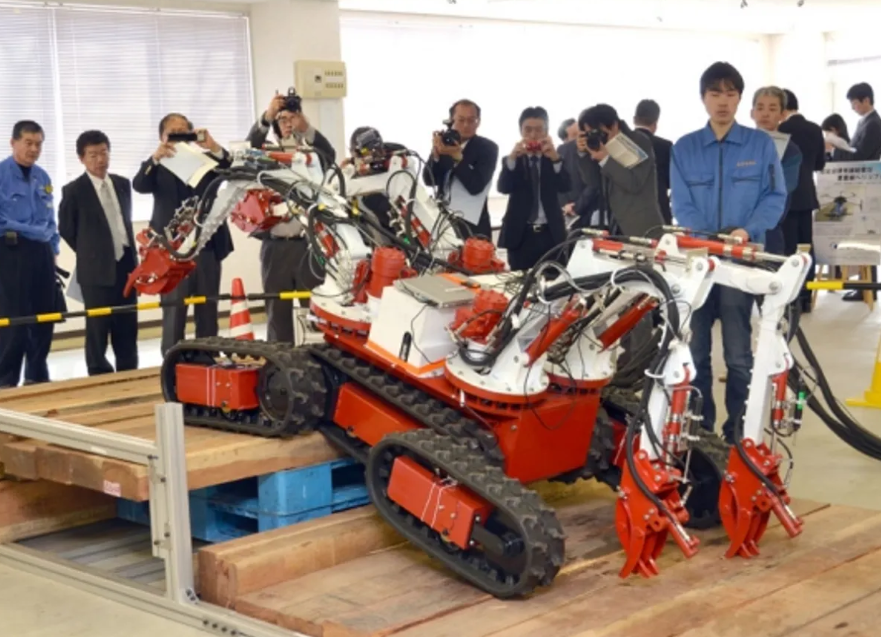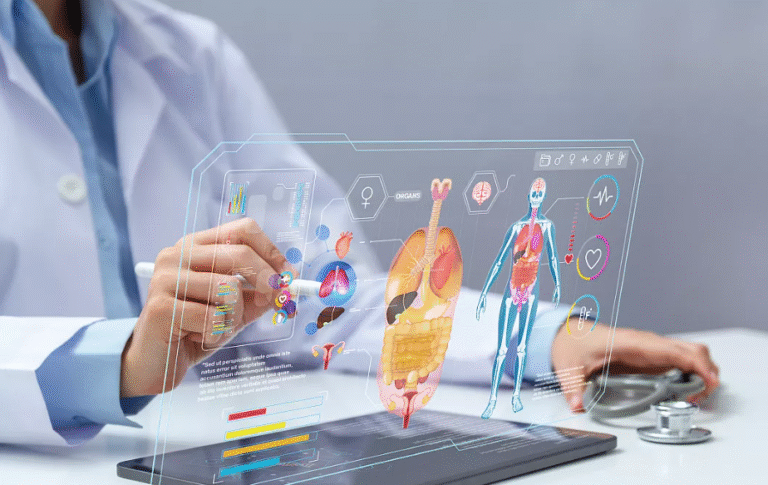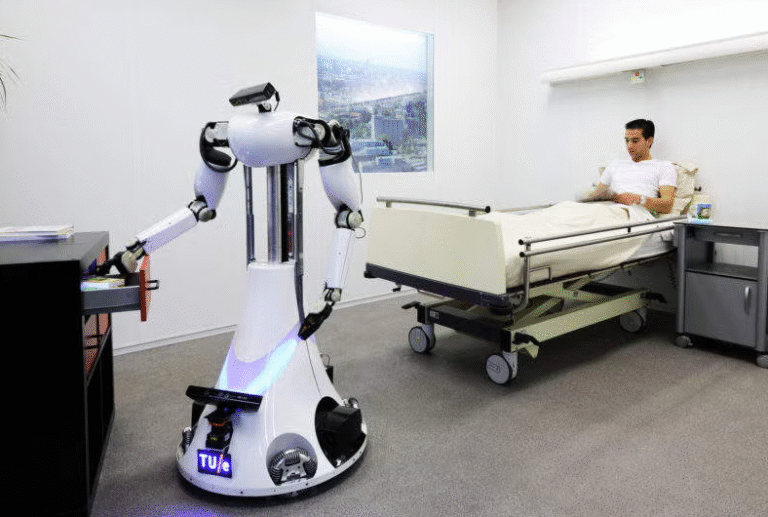The Role of Robotics in Disaster Response and Recovery
Robotics has emerged as a pivotal element in disaster response and recovery efforts. Its integration into search and rescue operations enhances efficiency and safety for responders. Autonomous vehicles and drones facilitate rapid supply transport and real-time assessments. Advanced sensors provide crucial data for damage evaluation and hazard identification. As communities face increasing threats from natural disasters, the evolving role of robotics raises important questions about its future impact on emergency management strategies.
Enhancing Search and Rescue Operations
As disasters unfold, the integration of robotics into search and rescue operations significantly enhances the efficiency and effectiveness of recovery efforts.
Robotic drones traverse hazardous terrains, providing real-time data and visual assessments, while autonomous vehicles transport supplies and personnel swiftly.
This innovative technology not only accelerates response times but also protects human responders, embodying a commitment to safety and freedom in critical situations.
Assessing Damage With Precision
Effective damage assessment is crucial in the aftermath of a disaster, and robotics plays a pivotal role in achieving this with remarkable accuracy.
Equipped with advanced robotic sensors, these technologies can swiftly evaluate structural integrity and environmental hazards, providing critical data to responders.
See also: The Role of Quantum Computing in Advancing Technology
Delivering Essential Supplies
Robots are increasingly becoming essential tools for delivering crucial supplies in disaster-stricken areas.
Supply drones equipped with advanced navigation systems facilitate timely distribution of food, water, and medical aid, overcoming obstacles in inaccessible locations.
Automated logistics streamline the process, ensuring efficient resource allocation.
This technological intervention not only saves lives but also empowers communities to reclaim their autonomy in the face of adversity.
The Future of Robotics in Disaster Management
While the integration of robotics in disaster management is still evolving, its potential to revolutionize response strategies is becoming increasingly clear.
Future innovations, such as autonomous drones for aerial reconnaissance and robotic exoskeletons to enhance human capabilities, promise to optimize efficiency and safety.
These advancements not only empower responders but also foster a sense of autonomy and resilience within affected communities during crises.
Conclusion
In conclusion, the integration of robotics in disaster response and recovery is revolutionizing the field, enhancing operational efficiency and safety. Notably, studies indicate that the deployment of drones can reduce search and rescue times by up to 30%, significantly improving outcomes for affected individuals. As technology advances, the potential for robotics to further empower communities and streamline recovery efforts continues to grow, underscoring the importance of innovation in saving lives during crises.




